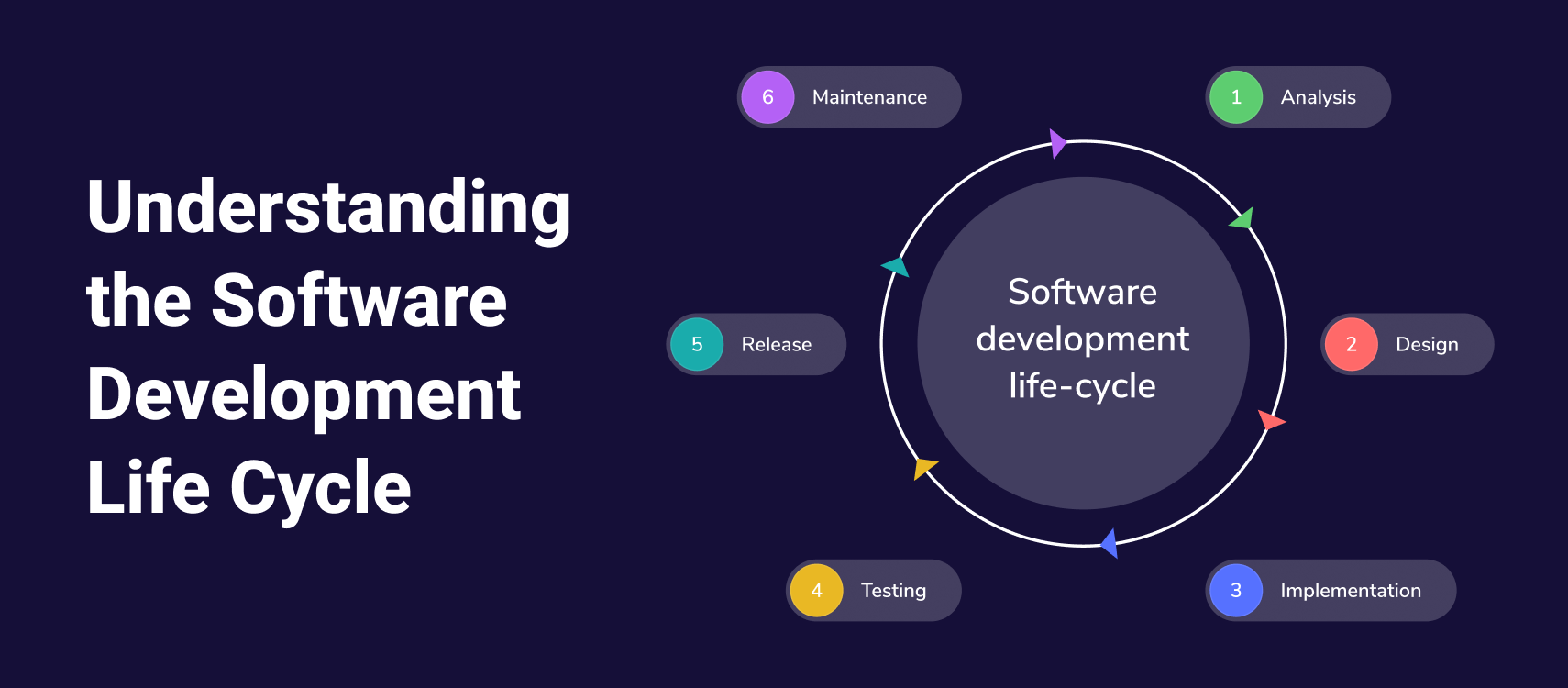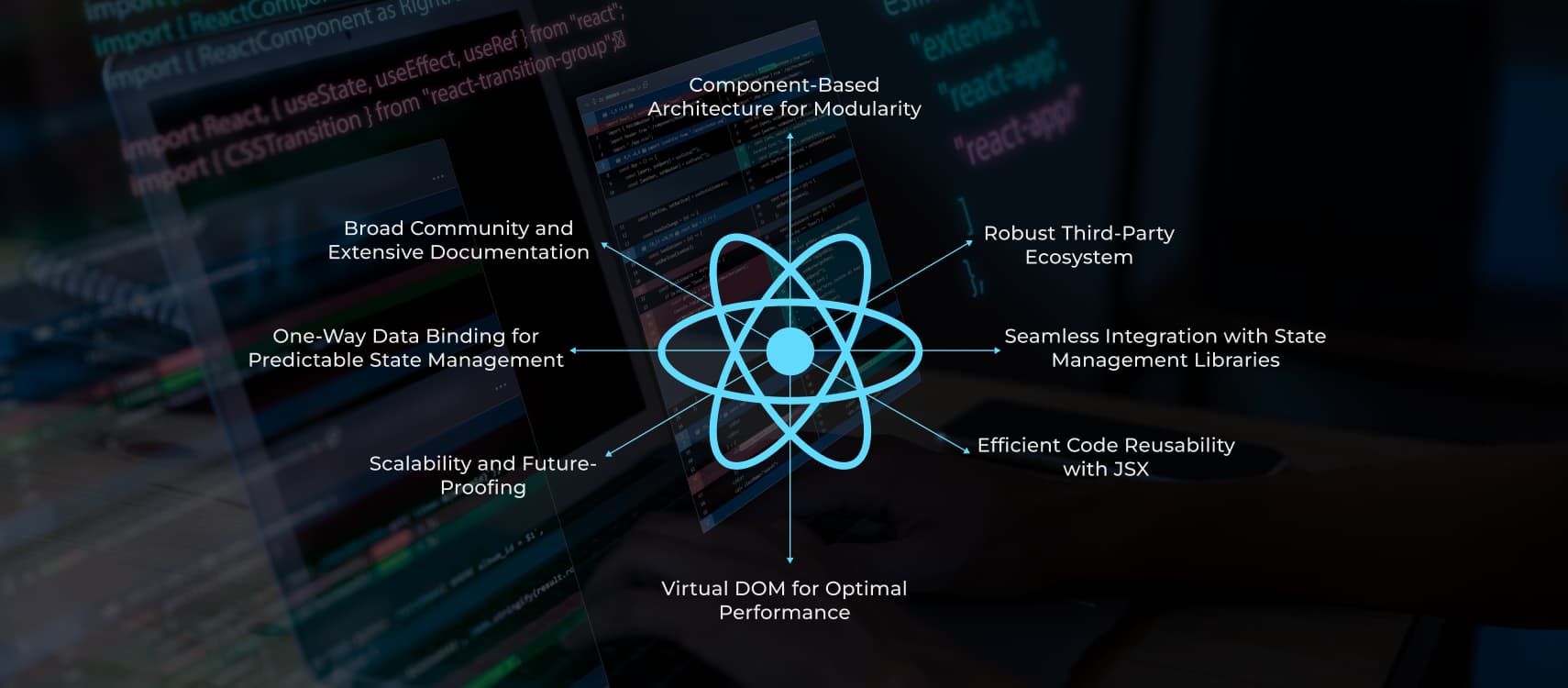Table of Contents
- Phases of SDLC
- Three Maintenance Types
- Common SDLC Processes
- SDLC Models
- Summarising
Software Development Life Cycle (SDLC) is a systematic process used by software developers to design, develop, test, and deploy software applications. It provides a structured approach to software development, ensuring that projects are well-planned, organized, and delivered successfully. In this comprehensive blog, we will explore the various software development lifecycle phases, processes, and models of the Software Development Life Cycle to give you a deep understanding of how software projects are executed.
Phases of SDLC
Planning and Requirement Analysis
The first phase of SDLC is the planning and requirement analysis stage. In this phase, project stakeholders, including clients, users, and developers, collaborate to define the project’s objectives, requirements, and scope. It involves gathering information about what the software should do, its purpose, target audience, and any specific features or functionalities required. This phase also includes feasibility studies to assess the technical and financial viability of the project.
System Design
Once the requirements are gathered and analyzed, the system design phase begins. During this stage, the software’s architecture and design are created based on the gathered requirements. This includes defining the system’s structure, components, modules, interfaces, and data flow.
Implementation
In the implementation phase, also known as the coding phase, developers start writing code based on the design specifications. This is where the actual development of the software takes place. Developers follow coding standards and best practices to ensure the code’s quality, maintainability, and scalability.
Testing
Testing is a critical phase of SDLC, where the developed software is rigorously tested to identify and rectify defects and errors. The testing phase encompasses various levels, including unit testing, integration testing, system testing, and user acceptance testing (UAT).
Unit testing involves testing individual modules to ensure they function correctly. Integration testing verifies that different modules work together as expected. System testing evaluates the entire system’s functionality, performance, and security. UAT involves end-users testing the software to ensure it meets their requirements and expectations.
Deployment
Once the software has been thoroughly tested and is ready for production use, it is deployed in the live environment. Deployment involves installing the software on servers, configuring it, and making it accessible to users. It may also include data migration from old systems if applicable.
Maintenance and Support
The maintenance and support phase is often considered the final phase of SDLC, but it is an ongoing process that continues throughout the software’s lifecycle. During this phase, the development team monitors the software, addresses user-reported issues (bugs), and makes necessary updates and enhancements.
Maintenance activities can be categorized into three types:
Corrective Maintenance:
Fixing defects and issues identified in the software.
Adaptive Maintenance:
Adapting the software to changes in the operating environment, such as updates to the underlying technology or hardware.
Perfective Maintenance:
Making improvements and enhancements to the software to meet evolving user needs and requirements.
This phase ensures that the software remains relevant, performs efficiently, and remains secure as technology evolves.
Common SDLC Processes
Planning and Requirement Analysis
The process of gathering and analyzing requirements is a critical initial step in SDLC. It involves conducting interviews with stakeholders, studying existing documentation, and using techniques like use case diagrams and user stories to capture and document the software’s functional and non-functional requirements.
Requirements analysis helps ensure that the project’s objectives are well-defined and that the development team understands what needs to be delivered.
Design and Architecture
The design and architecture process involves translating the requirements into a detailed design. It includes creating architectural diagrams, data models, and interface designs. The design phase aims to produce a clear plan for how the software will be built, including decisions about technologies, frameworks, and third-party components.
Design documents serve as a blueprint for developers and provide a visual representation of the software’s structure and components.
Coding and Development
During the coding and development process, developers write the actual code for the software based on the design specifications. This process includes implementing the planned features, modules, and functionality.
Developers may work in teams, and they follow coding standards and practices to ensure code quality and consistency. Code reviews and testing often occur during this phase to catch and address issues early..
Testing and Quality Assurance
The testing and quality assurance process is integral to SDLC. It involves creating test cases, conducting various types of testing (unit, integration, system, and user acceptance testing), and identifying and documenting defects and issues.
Testers work to ensure that the software meets the specified requirements and functions as expected. The goal is to deliver a high-quality, error-free product to users.
Deployment and Release
The deployment and release process involves making the software available to users in the production environment. It includes activities such as installation, configuration, data migration, and setting up access controls.
Proper deployment planning and execution are crucial to minimize disruptions and ensure a smooth transition to the live environment.
Maintenance and Updates
The maintenance and updates process is ongoing and involves monitoring the software, addressing user-reported issues, and making necessary updates and improvements. It also includes applying security patches and updates to keep the software secure.
Continuous monitoring and user feedback help identify areas for enhancement and ensure that the software remains relevant and reliable.
SDLC Models
Waterfall Model
The Waterfall model is a traditional and linear SDLC model where each phase must be completed before moving to the next. It follows a strict sequence of planning, design, development, testing, deployment, and maintenance. The Waterfall model is suitable for projects with well-defined requirements and minimal expected changes.
Agile Model
Agile is an iterative and flexible SDLC model that emphasizes collaboration, customer feedback, and the delivery of small, incremental releases. Agile teams work in short development cycles called ‘sprints’ and continuously adapt to changing requirements. Popular Agile methodologies include Scrum, Kanban, and Extreme Programming (XP).
Iterative Model
The Iterative model is similar to Agile in that it involves cycles of development and testing. However, it may not deliver a potentially shippable product at the end of each iteration. Instead, it focuses on refining and improving the software in successive iterations.
Spiral Model
The Spiral model combines elements of both Waterfall and iterative models. It involves iterative cycles where each cycle includes phases such as planning, risk analysis, engineering, and evaluation.
V-Model (Validation and Verification Model)
The V-Model is an extension of the Waterfall model and places a strong emphasis on testing. For each development phase (e.g., requirements, design, coding), there is a corresponding testing phase (e.g., requirements testing, design testing, system testing).
DevOps Model
DevOps is a modern approach that focuses on collaboration between development and operations teams to streamline the entire software development and delivery process. It emphasizes automation, continuous integration and continuous delivery (CI/CD), and a culture of shared responsibility.
Summarising
The Software Development Life Cycle (SDLC) is a structured and systematic approach to software development that ensures projects are well-planned, executed, and maintained. Selecting the appropriate SDLC model depends on the project’s requirements, complexity, and expected changes. Whether you choose the traditional Waterfall model, the flexible Agile approach, or another model, the key is to adapt the SDLC to meet the unique needs of your software development project.










